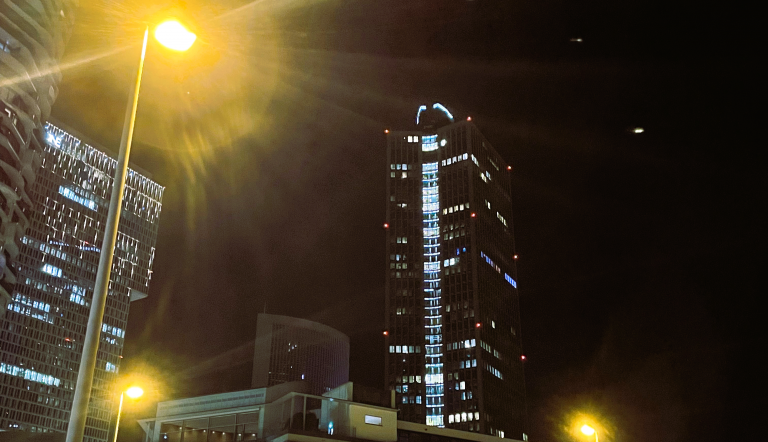Last week, the German Federal Cartel Office (Bundeskartellamt, BKartA) published a press release outlining its preliminary legal assessment of Amazon’s current price control practices. According to the authority, the conduct could amount to an abuse both under the special rules for large digital platforms pursuant to Section 19a(2) of the German Competition Act (GWB) and under the general prohibition of abuse of market dominance.
This is not a final decision. Amazon now has the opportunity to respond to the preliminary findings. An amicable resolution of the case — e.g. through commitments — remains possible. However, the authority has already made its direction of travel quite clear. Here is a brief overview:
What is the case about?
The subject of the proceeding is Amazon’s use of price control mechanisms on its marketplace. These mechanisms set price thresholds that sellers on the platform are not supposed to exceed. From Amazon’s perspective, offers that are priced too high or are otherwise non-compliant are removed or excluded from the so-called “Buy Box.” This feature determines the visibility of sellers to end customers on Amazon. Exclusion from the Buy Box significantly reduces the visibility of a seller’s offer.
The competition concerns arise from two additional factors. First, Amazon accounts for around 60% of revenue generated in online goods retail in Germany, according to the BKartA. This figure is not surprising: the authority had already designated Amazon as an undertaking of paramount cross-market significance under Section 19a(1) GWB, which triggers special intervention powers under Section 19a(2). Second, Amazon acts not only as a platform operator but also as a competitor through its own retail operations. This dual role gives the already dominant platform considerable leverage over dependent sellers.
Key concerns: Visibility, concentration, and coordination
The BKartA summarises its antitrust concerns under three main headings:
- Visibility restrictions: According to the authority, the criteria used to trigger price control are not based on objective benchmarks and can be arbitrarily determined by Amazon. Sellers lack transparency, and the price thresholds change frequently, making them unpredictable. This can amount to arbitrary conduct, akin to abusive account suspensions. In principle, sellers must retain upward pricing freedom. A price deemed “too high” by Amazon alone is not a legitimate reason to restrict visibility.
- Concentration effects: Price controls may prevent sellers from covering their costs. This creates a risk of displacement from the platform. Given Amazon’s significance in the online retail market, such displacement may lead to exclusion from the market altogether. In combination with Amazon’s own retail business, this gives the company significant leverage over its competitors on the marketplace.
- Coordination effects: The BKartA also suspects that Amazon may be enforcing a uniform pricing strategy across the wider e‑commerce sector. This could result in de facto price coordination among independent sellers, thereby suppressing pricing initiatives elsewhere in the online retail market.
Noteworthy legal and economic implications
What is particularly remarkable is that the suspected abusive conduct concerns maximum prices, not minimum prices. This is noteworthy, as the prevailing assumption is that low prices benefit consumers and are consistent with competition. However, the BKartA appears to recognise that downward price pressure can also be a tool for platforms to distort competition in their favour. Should this legal view gain traction, it could have a material positive impact for independent sellers.
Another important aspect relates to the data basis used to determine the price controls. According to the press release, Amazon does not rely solely on marketplace prices. Instead, it uses algorithms and statistical models that “draw on various price components from current and past offers on Amazon and external competitors to dynamically calculate variable maximum prices for seller offers.” This is a particularly important detail. It indicates that Amazon is not just engaging in price control within its own ecosystem, but potentially across the broader competitive landscape. The practical effect is similar to that of most-favoured-nation clauses, even if the legal form differs.
What happens next?
The proceeding is based on Section 19a(2) GWB, which gives the BKartA extended powers over certain designated companies, including Amazon. The authority may take robust action under this framework. Alternatively, it may issue a standard administrative order under the general rules on abuse of dominance.
Amazon may still raise objections and provide justification for its practices. If successful, this could avoid the issuance of a formal decision. Alternatively, Amazon could proactively offer remedies to address the concerns and bring the matter to an amicable close.









































